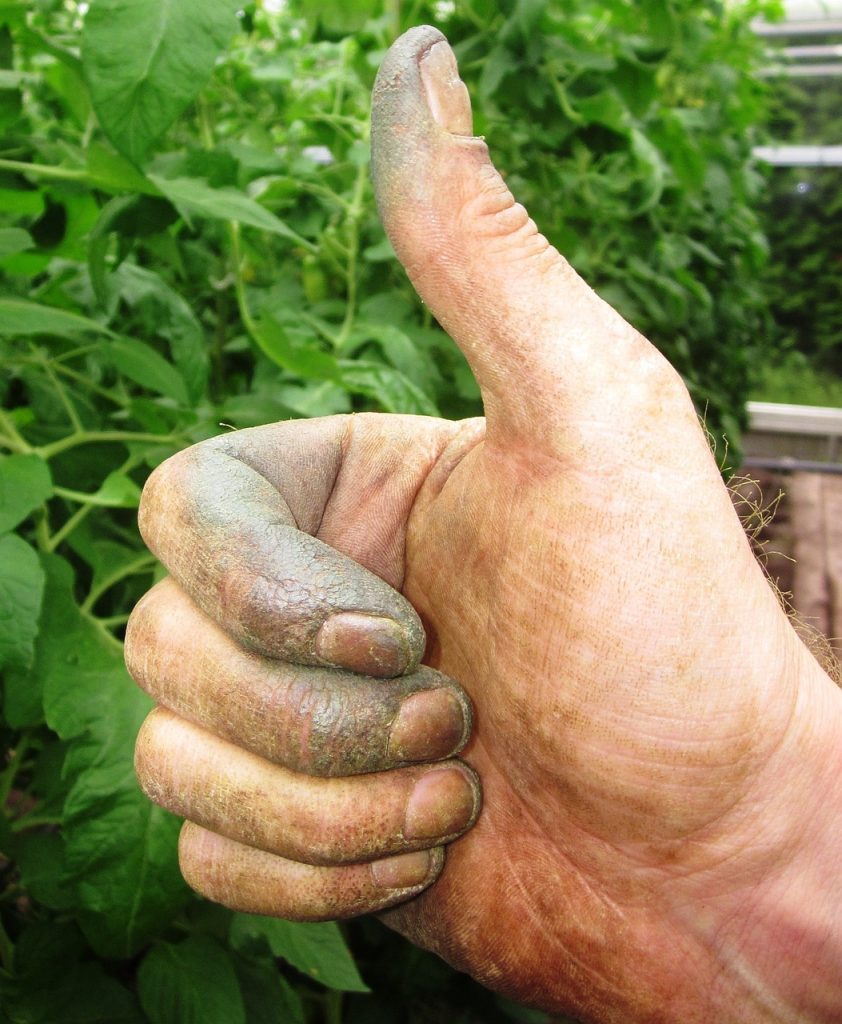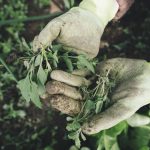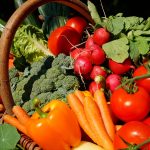
Have you ever gazed out at a patch of your backyard, balcony, or windowsill, imagining the lush garden it could become, only to be halted by the question, “Where do I even start?” You’re not alone. Many aspiring gardeners are overwhelmed by the plethora of choices and considerations when it comes to starting their first garden. But fear not! Gardening is a journey, a process of learning and growing—both for you and your plants.
In this beginner’s guide, we’ll demystify the gardening process, breaking it down into simple, actionable steps. You’ll learn how to choose the best location for your garden, select plants that will thrive in your space, and master the basics of care and maintenance. Whether you’re looking to cultivate a serene flower garden, grow your own vegetables, or simply add a splash of greenery to your living space, this guide is the perfect starting point for greening your thumb. So, let’s get started and plant the seeds of your future garden!
Choosing the Right Location
The first step in starting a garden is to choose the right location. It’s all about the right place for your plants to thrive. Consider these key factors:
Sunlight: Most vegetables and flowers require at least 6 to 8 hours of direct sunlight per day. Observe your potential garden area throughout the day to see how the sun moves across the space. If you’re limited to a shaded area, don’t worry—many plants thrive in partial shade (think leafy greens or ferns).
Soil Type: The type of soil in your garden affects water drainage and nutrient availability. Most plants prefer well-draining soil rich in organic matter. You can improve your soil by adding compost or aged manure.
Accessibility: Ensure your garden is easily accessible for regular maintenance. Watering, weeding, and harvesting are part of the gardening routine, so choose a location that’s convenient for you to visit.
Selecting Your Plants
Choosing plants is like setting up a matchmaking service for your garden’s conditions. Here’s how to pick your green companions:
Know Your Zone: Understanding your USDA Hardiness Zone (or equivalent for non-U.S. gardeners) helps you select plants that can thrive in your local climate.
Start Simple: For beginners, it’s wise to start with easy-to-grow plants. Some foolproof options for vegetables include tomatoes, cucumbers, and lettuce. For flowers, sunflowers, marigolds, and zinnias are great starters.
Consider Your Space: If you’re limited on space, explore vertical gardening or container gardening. Many plants, including herbs and strawberries, thrive in pots and can beautify even the smallest balcony.
Basic Care Tips
With your garden location picked and your plants selected, let’s ensure you know the basics to keep your garden thriving:
Watering Wisely: Overwatering is a common mistake. It’s essential to water the roots, not the leaves, and to do so deeply but infrequently. This encourages deep root growth. Early morning is the best time to water, reducing evaporation and fungal diseases.
Mulching: Applying a layer of mulch around your plants helps retain soil moisture, suppress weeds, and improve soil quality.
Feeding Your Plants: Plants need nutrients to grow strong and healthy. An all-purpose, slow-release fertilizer can provide a balanced diet. Alternatively, organic options like compost or fish emulsion are great for enriching the soil.
Pest and Disease Management: Keep an eye out for signs of pests and diseases. Many issues can be managed through preventive measures like crop rotation and proper spacing. For pests, physical barriers or organic pesticides can be effective.
Harvesting Your Rewards
The most rewarding part of gardening is enjoying the fruits (and vegetables, and flowers) of your labor. Here are a few tips for harvesting:
Know When to Harvest: Each plant has its own signs for ripeness or readiness. Tomatoes should be firm and fully colored, lettuce crisp, and flowers fully opened but not wilting.
Regular Picking: Many vegetables and herbs will continue to produce if you harvest regularly. It encourages growth and can extend your plant’s productive life.
Enjoying Your Harvest: Whether it’s a bouquet of fresh flowers or a salad made from your own veggies, take time to enjoy what you’ve grown. Sharing with friends and family can also spread the joy of gardening.
Conclusion
Starting a garden might seem daunting at first, but it’s a journey filled with learning, growth, and satisfaction. Remember, every gardener makes mistakes—that’s part of the learning process. The key is to start small, pay attention to your plants’ needs, and enjoy the process.
Gardening is not just about the harvest; it’s about the connection to nature, the physical activity, and the mental health benefits. So, grab your gardening tools, and let’s turn that patch of earth into a thriving green oasis!



